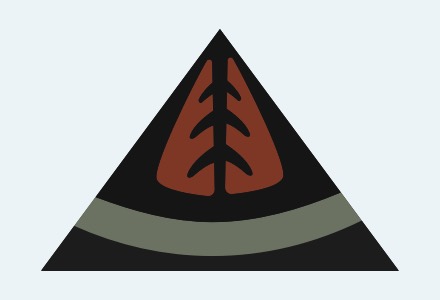
Horses, soldiers, families and far-flung places
A presentation by Virginia Warbrick, revealing many of the meanings behind the street names of Awapuni and West End. This talk was delivered as part of Heritage Month, in March 2025.
The talk was delivered at Boho Cafe, at an event...
Creator: Virginia Warbrick
Place: Awapuni, Palmerston North
Date: March 20, 2025








































